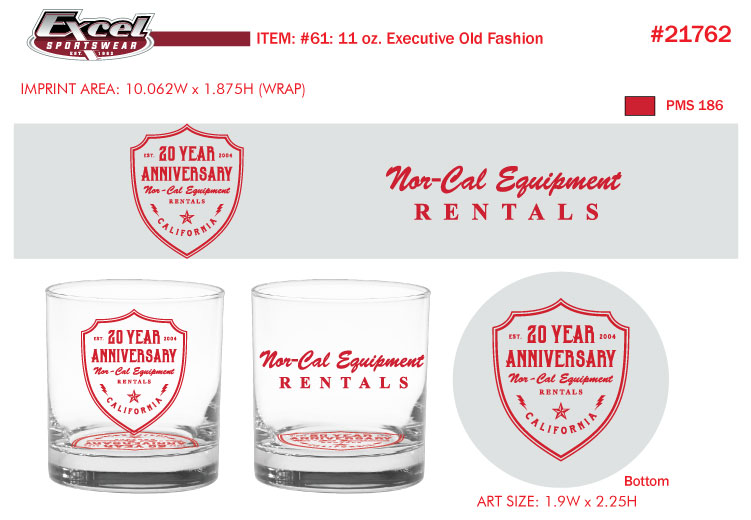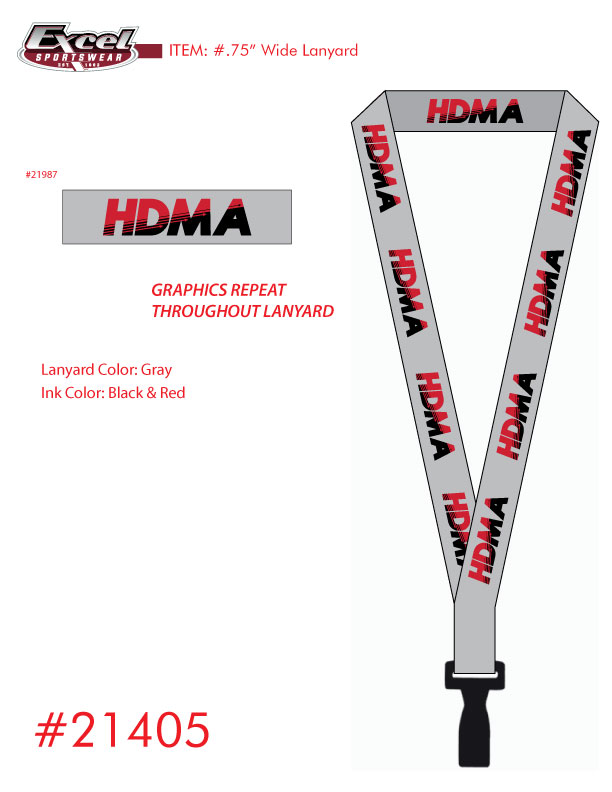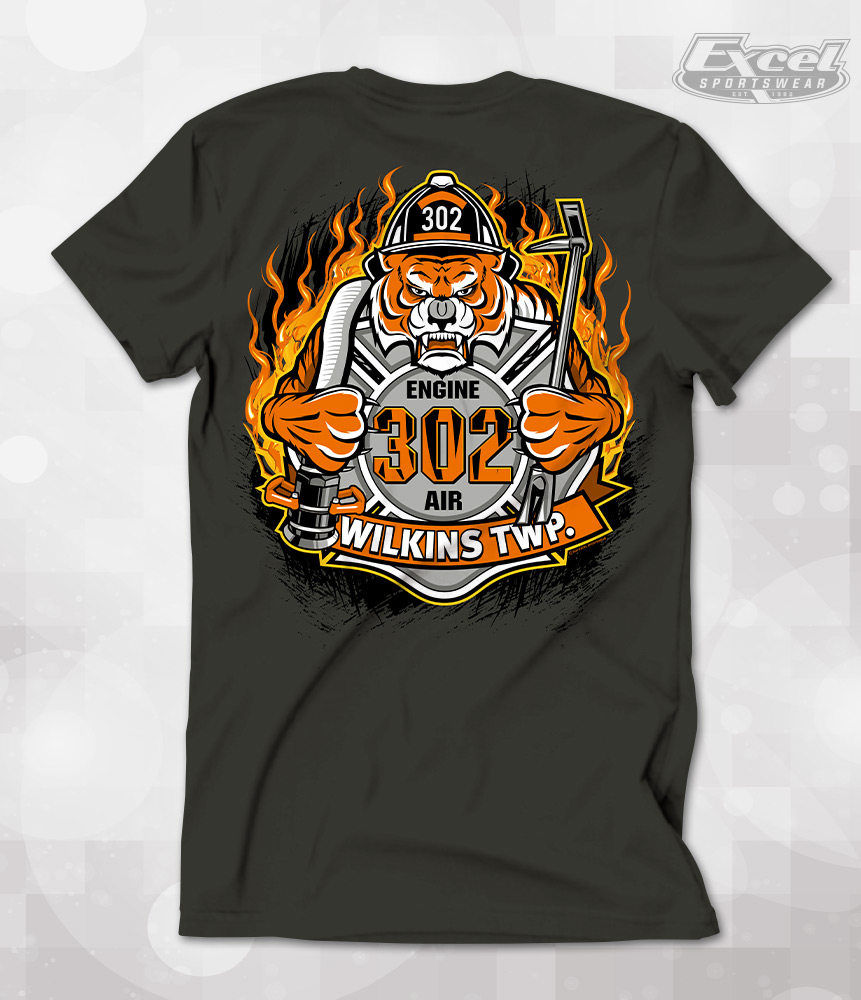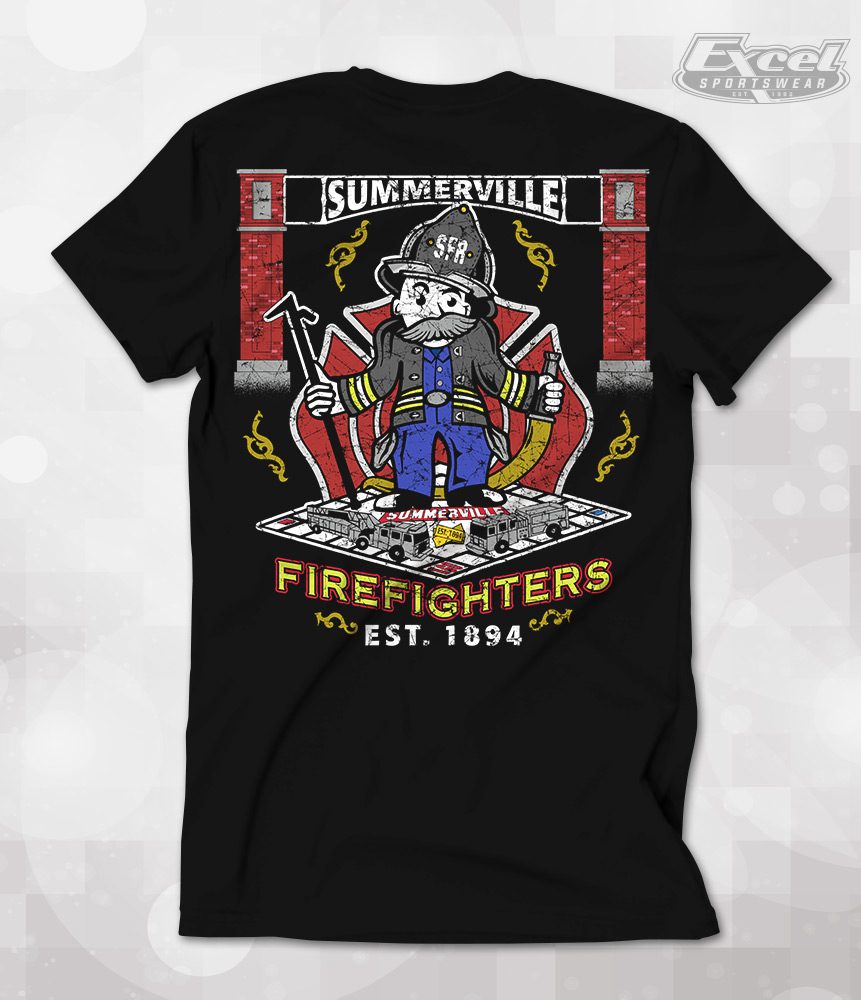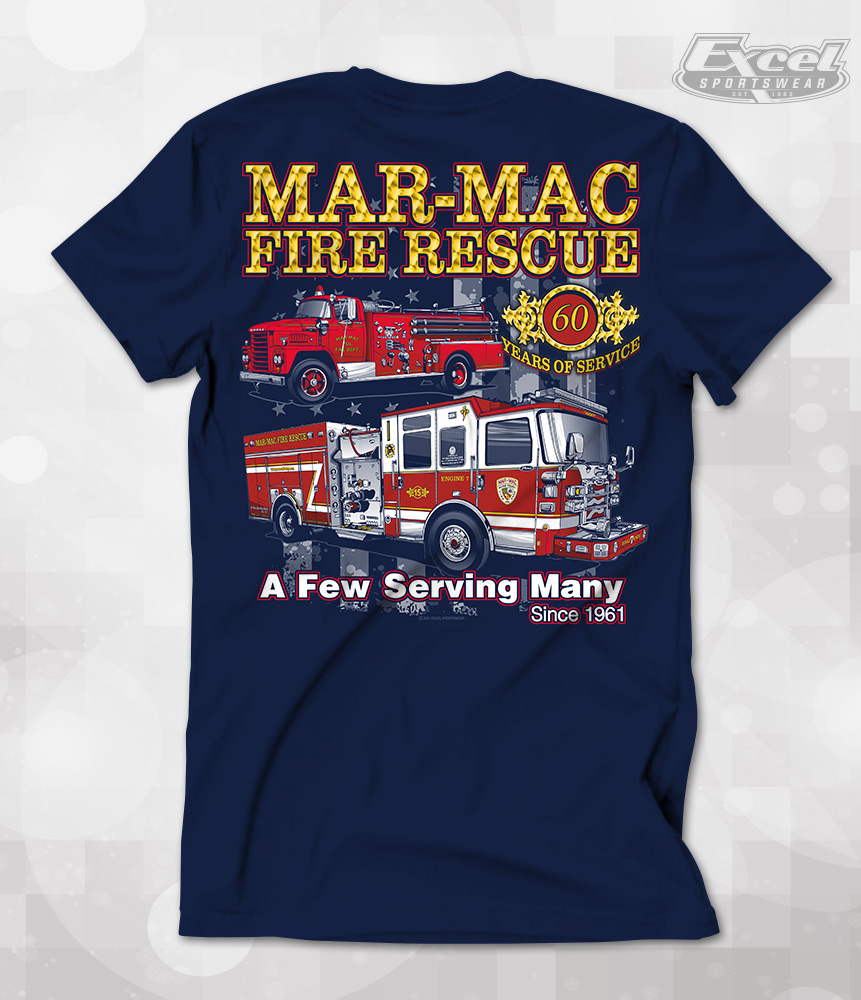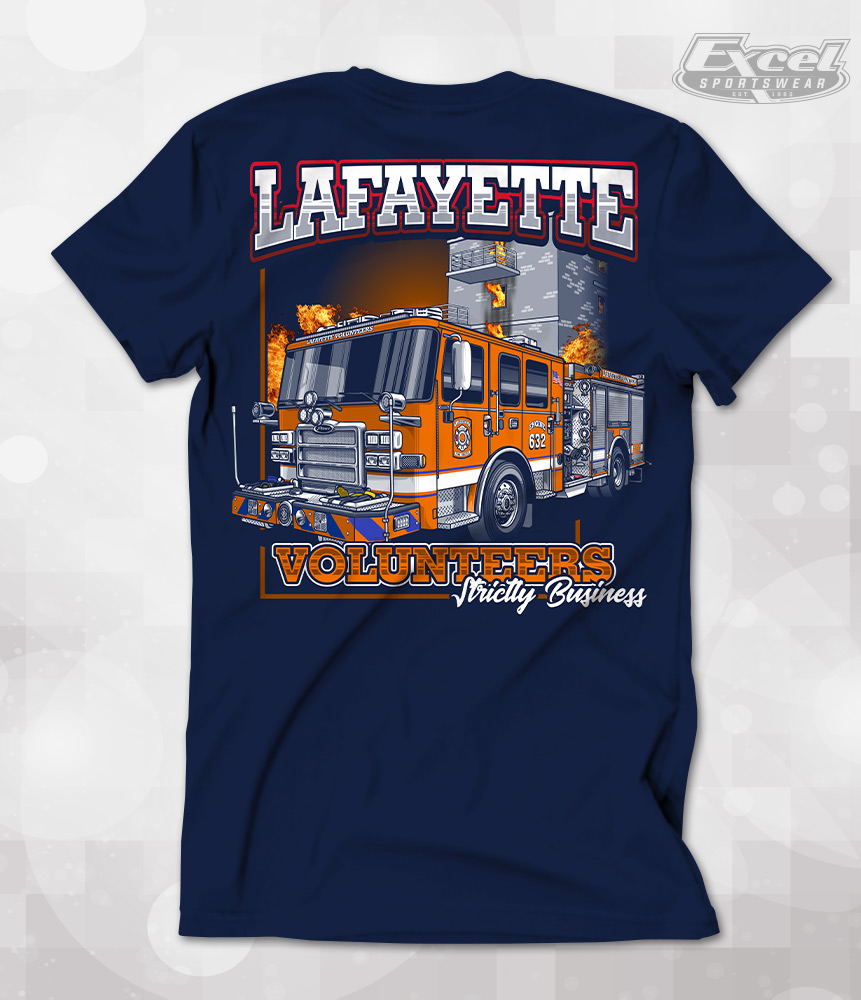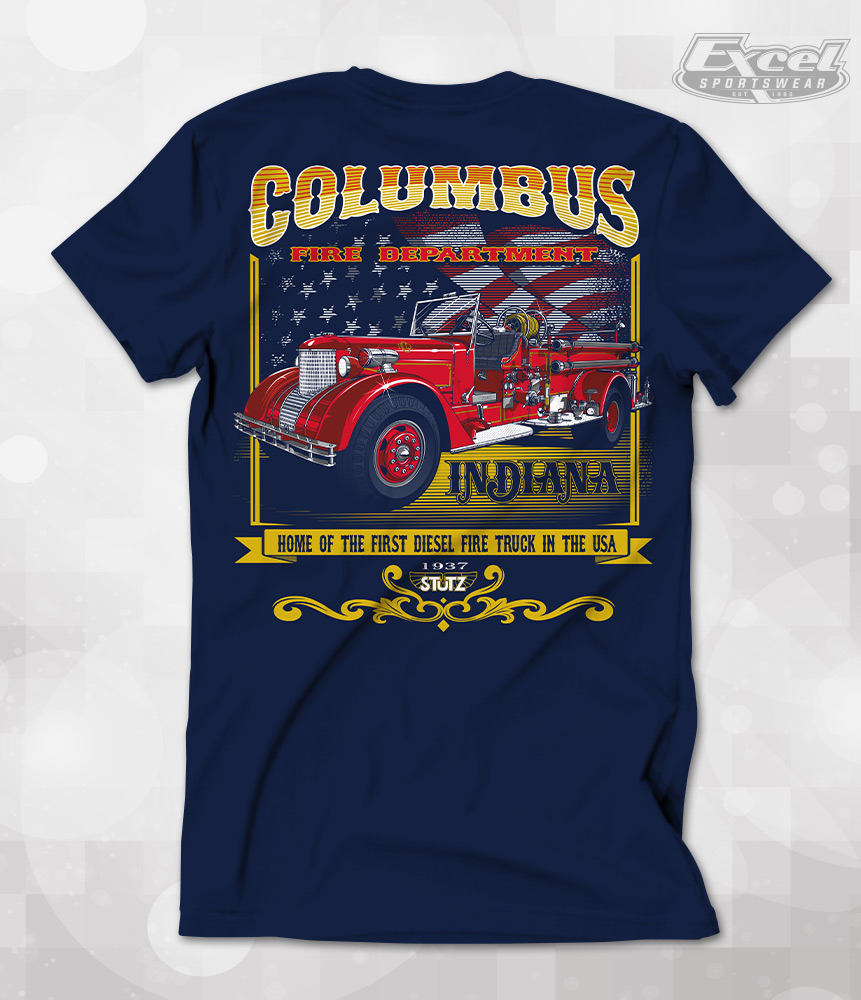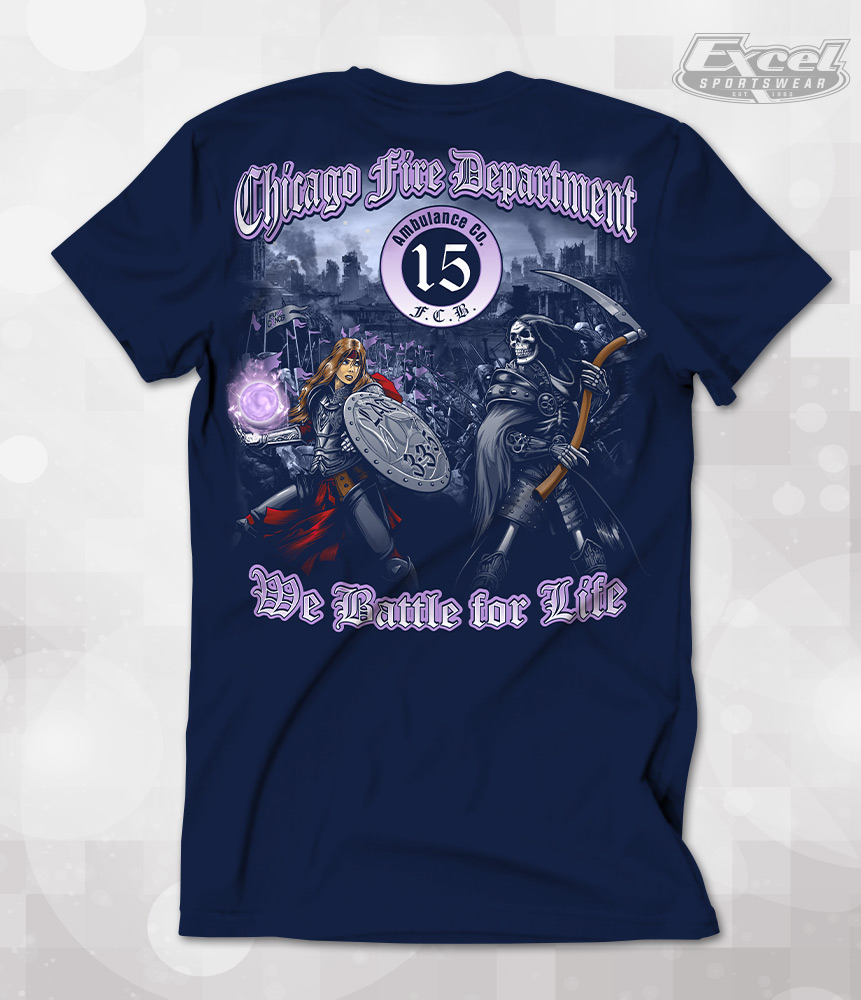Screen Printing – The History of the T-shirt
In the first two blogs concerning the history of screen printing, we discovered that the most common use of this medium is the printed t-shirt. We thought it only appropriate to take a brief look at the history of the t-shirt because, after all, without the t-shirt, screen printing would not be nearly as popular as it has become today.
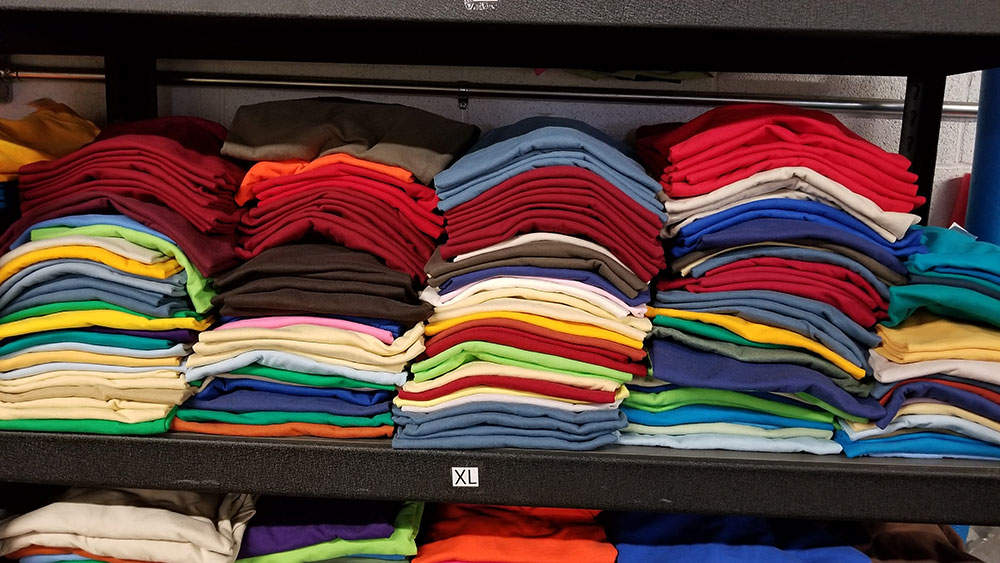 Have you ever wondered how the t-shirt came to be such an iconic staple in American fashion? The t-shirt is arguably the most popular outer garment in the entire world. Coming in a range of styles, colors and sizes, there is quite literally a t-shirt for everyone. But where did this distinct garment come from and how did it become so popular?
Have you ever wondered how the t-shirt came to be such an iconic staple in American fashion? The t-shirt is arguably the most popular outer garment in the entire world. Coming in a range of styles, colors and sizes, there is quite literally a t-shirt for everyone. But where did this distinct garment come from and how did it become so popular?
The t-shirt is thought to have evolved from a sort of all-in-one kind of underwear known as the “union suit,” popular among workers in the 19th century. Similar to the baby bodysuits of today, a “union suit” excelled in keeping men warm, it was all but useless in keeping them cool in hot weather unless it was cut in half, which many workers did. In so doing, they sort of created the top half of what many would recognize today as “Long Johns.”
In the late 19th century, manufacturers began experimenting with fabrics that could stretch back into shape, resulting in the button-less undershirt made of wool and cotton that you could pull over your head.
In 1904, the Cooper Union Underwear Company ran a magazine ad announcing a new product for bachelors. In the “before” photo, a man appears embarrassed; he’s lost all the buttons on his undershirt and has safety-pinned its flaps together. In the “after” photo, a macho gentleman sports a handlebar mustache, smokes a cigar and wears a “bachelor undershirt” that can be pulled over his head.
“No safety pins — no buttons — no needle — no thread,” said the 1904 Cooper Union Underwear Company ad slogan.
Fun fact: Not surprisingly, t-shirts were originally marketed as undershirts for bachelors who didn’t know how to sew or replace buttons.
Join the Navy and See the World
(in your undershirt)
Someone in the U.S. Navy must have spotted the sensibleness in this new garment, because the following year, the quartermaster’s office stipulated that sailors should wear undershirts with no buttons under their regular uniforms.
According to the Uniform Regulations of the United States Navy (1905), the cotton undershirt was exactly that – a t-shirt that had to be worn underneath the rest of the sailor’s uniform.
The same undershirt came to the attention of the Army a few years later, with undershirts soon worn by tens of thousands of soldiers, many of whom took the fashion home with them. In fact, during World War II, soldiers were known to wear them without shirt coverings in hot climates, especially the South Pacific.
Fun fact: The world’s largest t-shirt is approximately 306 feet long and 206 feet wide and was unveiled in Navegantes, Brazil in 2014.
The first known person to use the term “t-shirt” was F. Scott Fitzgerald when he included it in his novel, This Side of Paradise, in describing one of the items the main character takes with him to college. The author writes, “So early in September, Armory provided with six suits summer underwear, six suits winter underwear, one sweater or t-shirt . . .” In the same year, the word t-shirt also found its way into Merriam-Webster’s dictionary.
In 1932, at the request of the University of Southern California, Jockey International made a slight tweak in the t-shirt’s design and came up with the crew-neck t-shirt. The university wanted a lightweight, absorbent garment its football players could wear underneath their jerseys to prevent their pads from rubbing and chafing. It wasn’t long before students began wearing them on campus.
In 1938, Sears launched their own version of the t-shirt which they called a “gob shirt”. Similar to a modern plain t-shirt, it could be worn as an undergarment as well as an outer garment.
Fun fact: The Salvation Army receives several million t-shirt donations each year. It auctions them off by the pound and exports them to disadvantaged third-world countries.
World War II and the T-shirt
By the time World War II began, the “modern” t-shirt had become commonplace in high schools and universities most everywhere, though it was still commonly worn by adults, at least, as an undershirt. It was at the end of the war, when soldiers returned home, that they began to incorporate the t-shirt into their wardrobe, much the same way they’d done during the war.
By the late 1940’s, t-shirt popularity had risen to become especially abundant in high schools. A newspaper columnist, Nancy Pepper documented that, “teens owned closets full of tees and customized them with sew-on patches and fringe.”
Brando, Dean, The Fonz and Don Johnson
However, it wasn’t until the 1950’s that the t-shirt achieved its status as a stand-alone garment, thanks in no small part to Maron Brando. In 1951’s A Streetcar Named Desire, the actor’s sweat-drenched Stanley Kowalski returns from bowling, removes the sticky white t-shirt in front of Vivien Leigh’s Blanche, and changes to a fresh one “to make myself comfortable.” Thus, the t-shirt realized an iconic moment, to be followed a few years later by James Dean in Rebel Without a Cause. The t-shirt was no longer just a garment, it was now a part of the culture, a symbol of youthful rebellion.
Although the classic white t-shirt would never really go out of style, it boomed again during the seventies and eighties, thanks to such characters as Arthur “The Fonz” Fonzarelli and Miami Vice’s Don Johnson.
As the 1960’s dawned and screen printing became more advanced, people were waking to the idea that the t-shirt was a blank canvas, waiting to be filled and used to make a statement, any statement you could care to make.
If you haven’t already done so, please check out Part 1 | Screen Printing – A 1,000-Year Old Art Form then follow along to Part 2 | Screen Printing – Modern Era History to get a complete look into the history of screen printing and the importance of the now popular t-shirt.
During the mid-1960’s, Don Price develops the psychedelic tie-dyed t-shirt using fabric dye previously used only on curtains or linens. Tie-dye shirts made their way to the Woodstock festival in 1969, creating a fashion trend that would last for years.
Fun fact: According to a survey conducted by an online t-shirt designer, 87% of Americans who wear t-shirts have at least one they refuse to throw away for a sentimental reason.
Once an item bought in bulk, over time the classic white tee moved past its humble beginnings. It became a fashion staple in the 1990’s and continues to receive designer treatment form the likes of Karl Lagerfeld who, in 1991, layered Chanel’s tweed cardigan jackets over white tees in fashion magazine ads.
In the 100+ years of its history, the t-shirt has matured from essentially a workplace staple to one of the more adaptable garments anywhere, a modest piece of clothing that can be found in just about any clothing store for anywhere from a few bucks to a few hundred. Or even a few thousand? That’s right, a few years back, French fashion house Hermes unveiled a crocodile t-shirt with the not-so-modest price of $91,500, demonstrating just how far the t-shirt has come.


